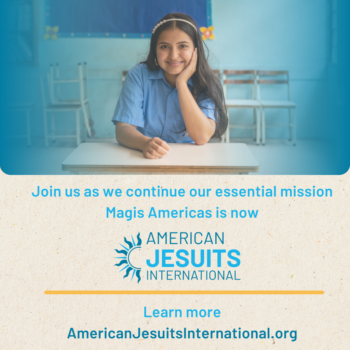The ground trembled beneath them and, in an instant, they lost everything.
The poorest country in the Western Hemisphere experienced its most devastating natural disaster ever and the damage was catastrophic. Close to 250,000 souls perished. More than 300,000 individuals were injured. Another 1.5 million people were forced to live in makeshift internally displaced person camps.
A 7.0-magnitude earthquake shook Haiti on the afternoon of January 12, 2010 and, for many Haitians, their world forever changed.
But while the earthquake took many things that day, there was one thing that was left untouched: hope.
Haitians from all over the country began to pour into the capital, Port-au-Prince, and its surrounding areas, hoping to regroup and restart their lives. Canaan, just on the outskirts of the city, was one of the first places many began to call home.
“First there were around 7,000 residents,” says Sister Dinah Sánchez, director of Fe y Alegría Canaan Community Primary School. “Now it’s impossible to tell because people keep arriving, looking for a better life.”
“People have to hope. People want to grow, to move forward,” Sánchez said. “This is Canaan … the promised land. And that’s what we want it to be … the land of promises and hope.”
Part of that hope is rooted in education for the community’s children and youth. “Our mission is to provide for the children so that they are well, feel happy, calm, nourished … we want our school to be a welcoming and safe space,” says Sánchez.
Watch the video below to learn about “Fe y Alegría Canaan“.
